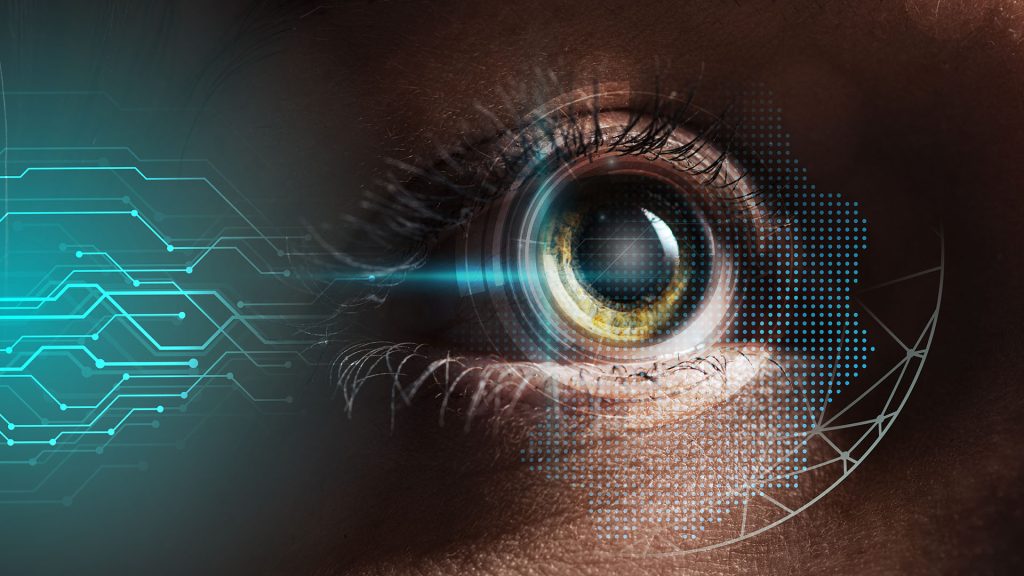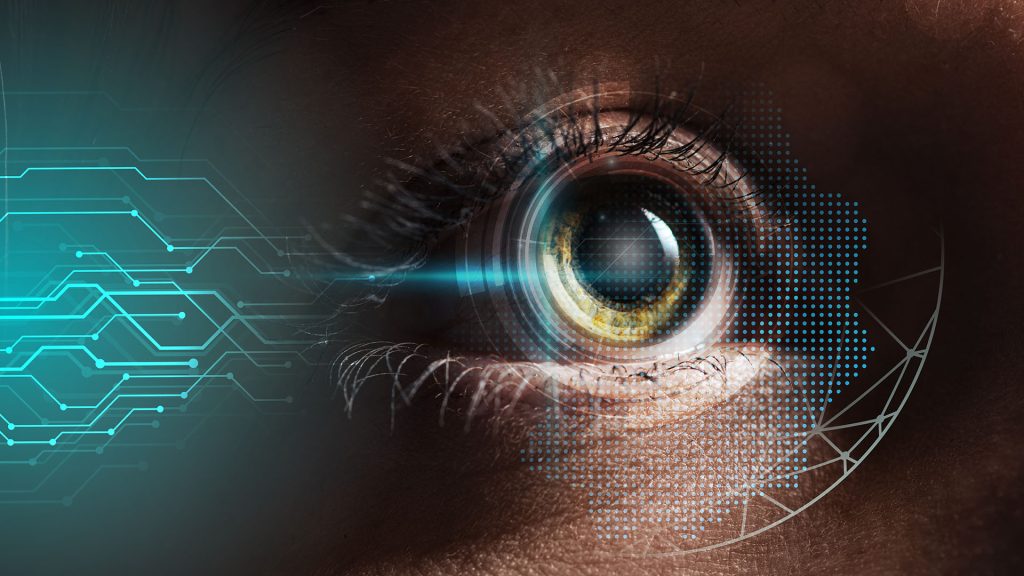Embracing the Future: The Rise of Biometric Security


In the fast-paced world of digital technology, security concerns have become more pressing than ever. With cyber threats evolving at an alarming rate, traditional methods of authentication, such as passwords, are no longer sufficient to safeguard our digital lives. Enter biometric security—a cutting-edge solution that promises to revolutionize the way we authenticate and verify identity. By 2030, biometric technologies such as facial recognition, fingerprints, and even heartbeat signatures are set to become the new standard in digital security, ushering in a future where our unique biological traits serve as the keys to our digital kingdom. Let’s explore the transformative potential of biometric security and its implications for the future of cybersecurity.
The Limitations of Traditional Authentication Methods
Passwords have long been the cornerstone of digital security, serving as the primary means of authentication for online accounts and systems. However, passwords are inherently flawed—they can be forgotten, stolen, or easily guessed by hackers using sophisticated algorithms. Moreover, the proliferation of online accounts has led to password fatigue, with users struggling to remember multiple complex passwords across various platforms. In light of these challenges, there is a growing need for more robust and user-friendly authentication solutions that can adapt to the evolving threat landscape.
The Promise of Biometric Security
Biometric security offers a compelling alternative to traditional authentication methods, leveraging unique biological traits to verify identity with unparalleled accuracy and reliability. By analyzing physiological or behavioral characteristics such as facial features, fingerprints, iris patterns, voiceprints, and even heartbeat signatures, biometric systems can authenticate users with a high degree of certainty. This not only enhances security but also improves user experience, eliminating the need for cumbersome passwords and streamlining the authentication process.
Facial Recognition: The Face of Biometric Security
One of the most promising biometric technologies is facial recognition, which uses facial features such as the eyes, nose, and mouth to identify individuals. Facial recognition systems can analyze facial geometry, skin texture, and other unique identifiers to create a digital “faceprint” that is unique to each individual. By scanning a person’s face with a camera or smartphone, facial recognition technology can quickly and accurately verify their identity, making it ideal for a wide range of applications, from unlocking smartphones and accessing secure facilities to authorizing payments and enhancing surveillance systems.
Fingerprint Recognition: A Time-Tested Solution
Fingerprint recognition is another widely adopted biometric technology that has been in use for decades. Each person’s fingerprint is unique, making it an ideal biometric identifier for authentication purposes. Fingerprint recognition systems capture and analyze the unique patterns and ridges on a person’s fingertip, matching them against stored templates to verify identity. With the widespread availability of fingerprint scanners on smartphones, laptops, and other devices, fingerprint recognition has become a convenient and reliable method of authentication for millions of users worldwide.
Heartbeat Signatures: The Future of Biometrics
Looking ahead to the future, emerging biometric technologies such as heartbeat signatures hold the potential to further enhance security and privacy. Every person’s heartbeat has a unique rhythm and pattern, which can be captured and analyzed using specialized sensors or wearable devices. By measuring parameters such as heart rate variability, pulse waveform, and electrocardiogram (ECG) signals, heartbeat-based authentication systems can create a unique “heartbeat signature” for each individual. This advanced biometric modality offers a high level of security while also being non-invasive and easy to use, making it well-suited for a wide range of applications, including healthcare, finance, and access control.
Addressing Concerns and Challenges
While biometric security offers significant advantages over traditional authentication methods, it is not without its challenges and concerns. Privacy issues, data security, and the potential for biometric data misuse are among the key concerns that must be addressed to ensure the responsible adoption and implementation of biometric technologies. Moreover, biometric systems must be robust enough to withstand spoofing attacks and other forms of manipulation by malicious actors. By addressing these challenges through robust encryption, data protection measures, and ethical guidelines, we can unlock the full potential of biometric security while safeguarding user privacy and trust.
Looking Towards a Biometric Future
As we look towards the future, the widespread adoption of biometric security promises to usher in a new era of digital authentication and identity verification. By 2030, facial recognition, fingerprints, heartbeat signatures, and other biometric modalities are poised to become the cornerstone of digital security, offering unparalleled protection against cyber threats and unauthorized access. With biometric technologies, forget passwords—your unique biological traits will be all you need to secure your digital life. The future of cybersecurity is biometric, and the possibilities are limitless. #Biometrics #SecurityTrends



